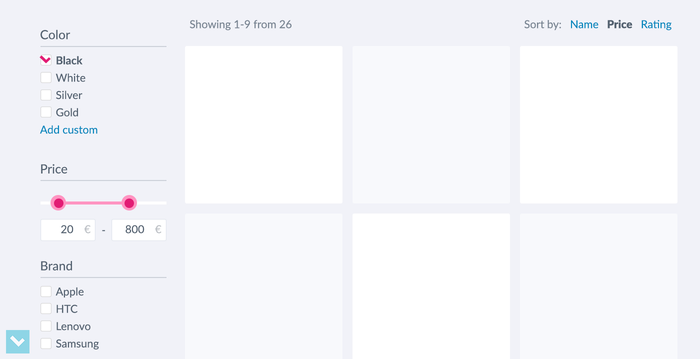Your Search Is Broken and We Know It!

Every merchant spends a fair amount of money on marketing tools with only one goal: to bring visitors to his site.
But what happens next?
Usually, once customers get to your site, they start looking around. That’s why most e-commerce stores have a nice looking search box, neatly placed somewhere in the header, ready to serve its purpose.
But hey, does it really?
Those who cannot answer a simple question like this are probably on their way to fail.
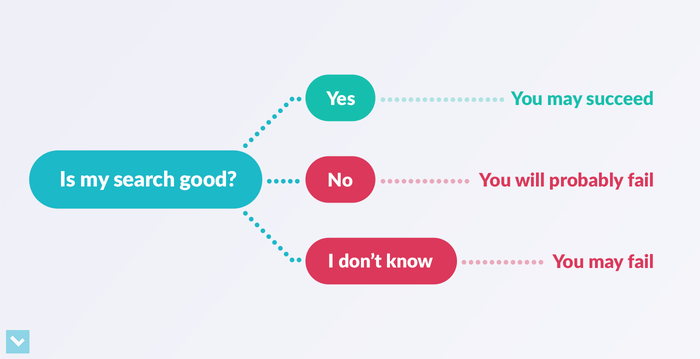
We’ve all been there: desperately trying to figure out what the heck is going on? How come we are unable to find the product we want to buy?
31% of all searches end in vain, returning useless, non-relevant results or (even worse) returning no results at all.
We all know what that means - our potential customer who took us so long to acquire is leaving in frustration, determined to spend his money elsewhere.
People who use search are twice more likely to convert, compared to people who browse through the menus.
That’s because those who search already know what they want. And lucky you! They are searching for it at your store! So you’ve got to make sure they will find what they were looking for.
How do you achieve that?
Track and evaluate search statistics on your site
1. What people look for on your web?
Analyze which search terms do your visitors use most.
2. What results do you offer to your visitors?
Do you return all products that you wish to sell?
Track and evaluate what results your visitors see on your trending search terms.
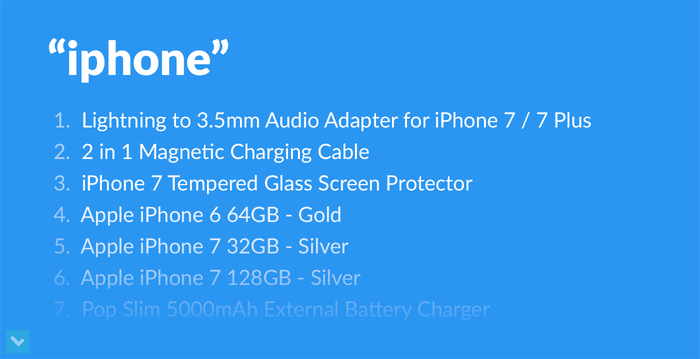
3. Are those results relevant?
You can easily check whether your results are getting clicks. Results with the highest click rate should be on the top of your search results.
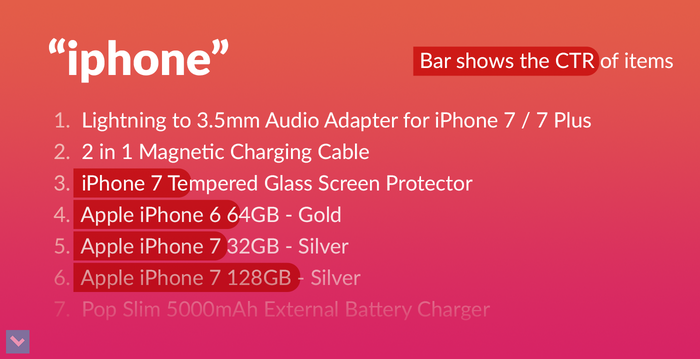
You will surely come across some issues but don’t despair. There’s no need for you to hire a data scientist for this right away. Sometimes all you need to do is to make sure that your product descriptions and metadata do match search queries of your visitors.
Search results are also a great way of finding out what sort of products your potential customers want and expect to find in your store.
And there’s more. Having a site search analytics set up on your store does not only bring you clues how to fix your search but also gives you information about trends and their drifts in time. Do you want to know what your visitors were looking for last summer? No problem!
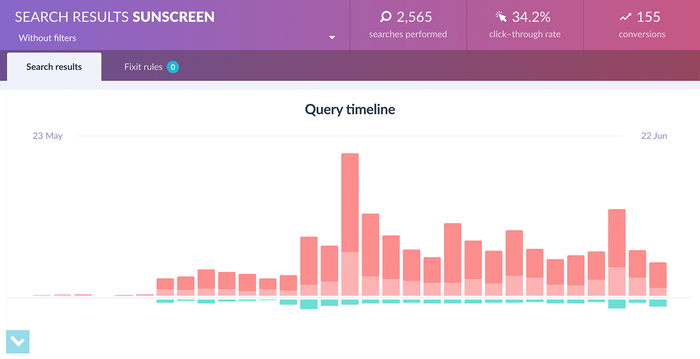
You probably know already what products are often sold together. However, search analytics can give you hints on what products are searched for together. That is a completely different story. You can find out which alternatives are people considering and how they are trying to find them.
Search analytics can also give your site a nice UX boost and clean up your site. You can get rid of that complicated filtering pane, because you will know exactly what filters do people use (and that you can safely get rid of those eight checkboxes, as nobody really uses them).
